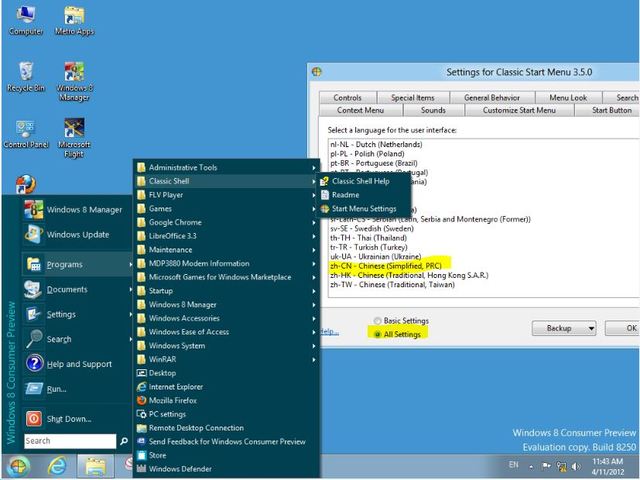Welcome to Retro Wednesdays, a new segment where we'll be exploring the weird and mysterious world of retro gaming and software. We want Neogamr to become a destination for gamers of all platforms, so we thought it would be appropriate that our inaugural post cover the granddaddy of all RPGs, the multiplatform Ultima series. We hope you enjoy our new segment and come each week to check out the surprises in store.

Ultima I: The First Age of Darkness is a bizarre game in many ways and its simplistic graphics haven't done it any favors with modern gamers, but in its time the original Ultima was a truly groundbreaking title. Every RPG you have ever played owes it (or its successors) a huge debt, from Final Fantasy to World of Warcraft. The series would later go on to pioneer the 3D first-person dungeon crawler style that would lead to The Elder Scrolls, and single-handedly create the modern MMORPG - but before all of that, there was this:

Simplistic? Yes; but also groundbreaking. Believe it or not, this was revolutionary stuff – even though its most important elements are crude by today's standards, the original Ultima was one of the first games to features a huge, well defined overworld, filled with cities, characters, monsters, and dungeons. It also let players pace themselves, without requiring them to progress through the quest linearly, an element that would be greatly expanded upon by later installments.
One of the most interesting aspects of the original Ultima, though, was its inclusion of such wildly varied elements as orcs, beholders, space shuttles, and TIE Fighters. The mythology that would later permeate the series wasn't really there yet.
For its time, Ultima really was one of the best games you could get for the Apple II (it would come to other platforms later). It had great re-playability, since its dungeons were randomly generated every time.

Creator Richard Garriot started a tradition by inserting his alter-ego, Lord British, as a major character in the game. Almost all of Garriot's games, all the way up to the ill-fated Tabula Rasa, would feature the character in some form of another.
Aside from the occasional update to Ultima Online, the series has been mostly dormant during the last decade or so, but that could change soon. Garriot is working on a spiritual successor to the series at his new company, Portalarium. Meanwhile, EA acquired the rights to the actual title and decided to desecrate its memory by releasing a totally unrelated browser game under the name. Meanwhile, rumors have been brewing that EA Mythic could be working on an actual new installment to the series.

Interested parties who are able to look past the crude graphics can get a fully functional version of Ultima 1 as part of the Ultima Trilogy, available at GOG. The author, however, believes that they are best experienced on original Apple II hardware, which he keeps just for that purpose. Other fans might be more comfortable with later installments in the series, but if you haven't tried at least one of them (Ultima 7 is considered something of a triumph), then you're cheating yourself.
We hope you have enjoyed our new segment, rough around the edges as it may be. Feel free to share some memories or comment on the article below, and be sure to check back next Wednesday as we explore another classic title.
Images via Moby Games

















3 Comments - Add comment